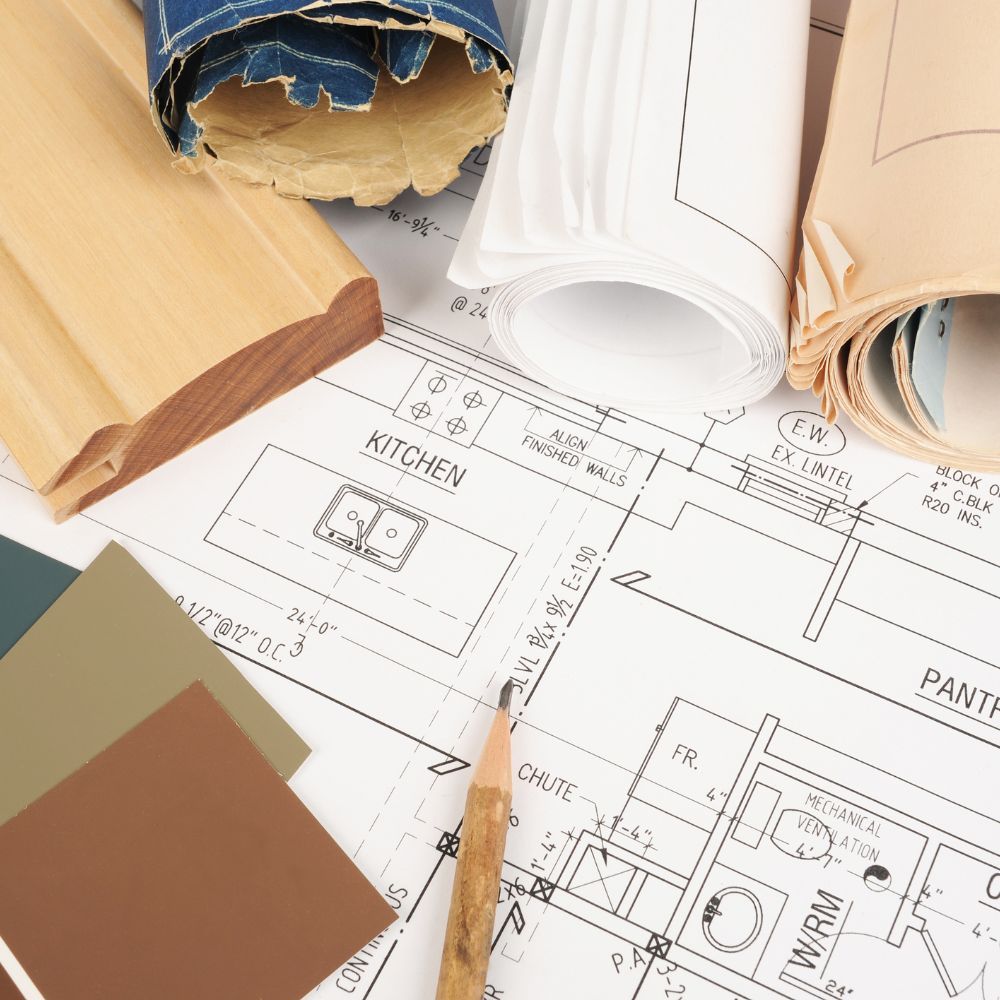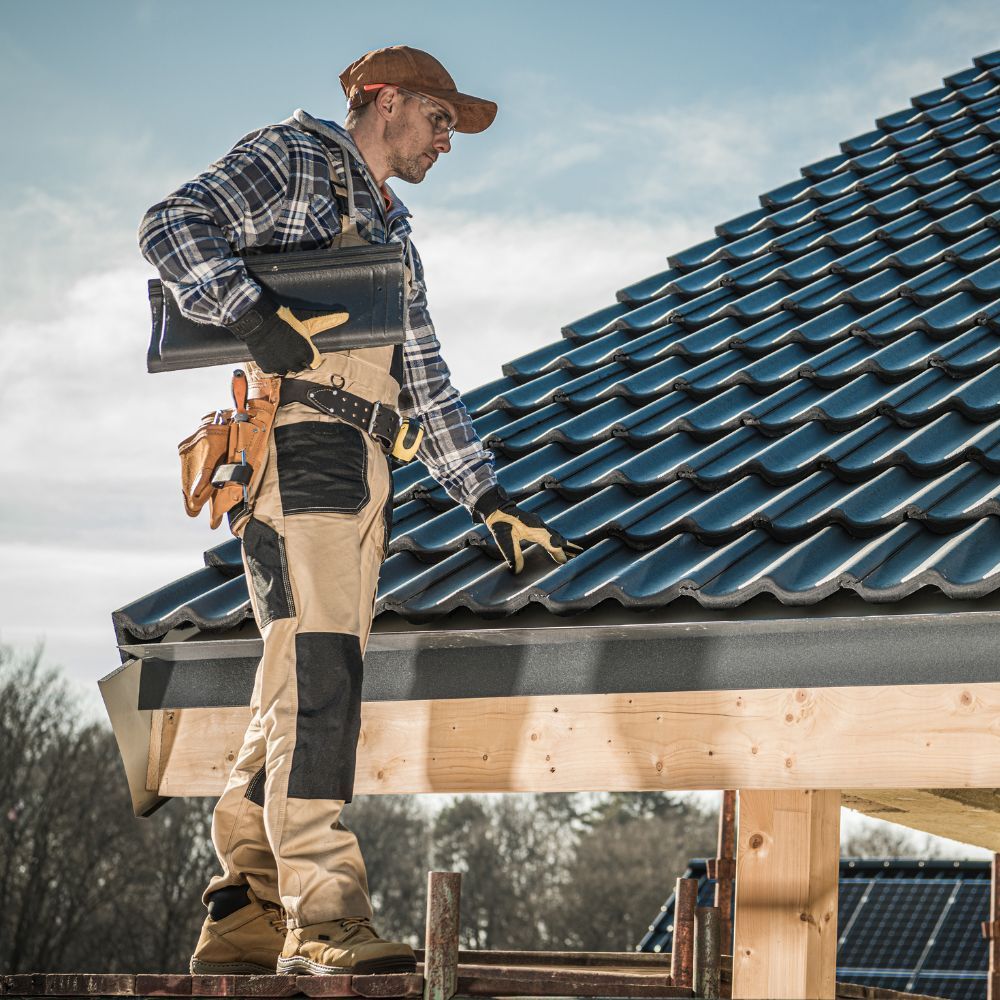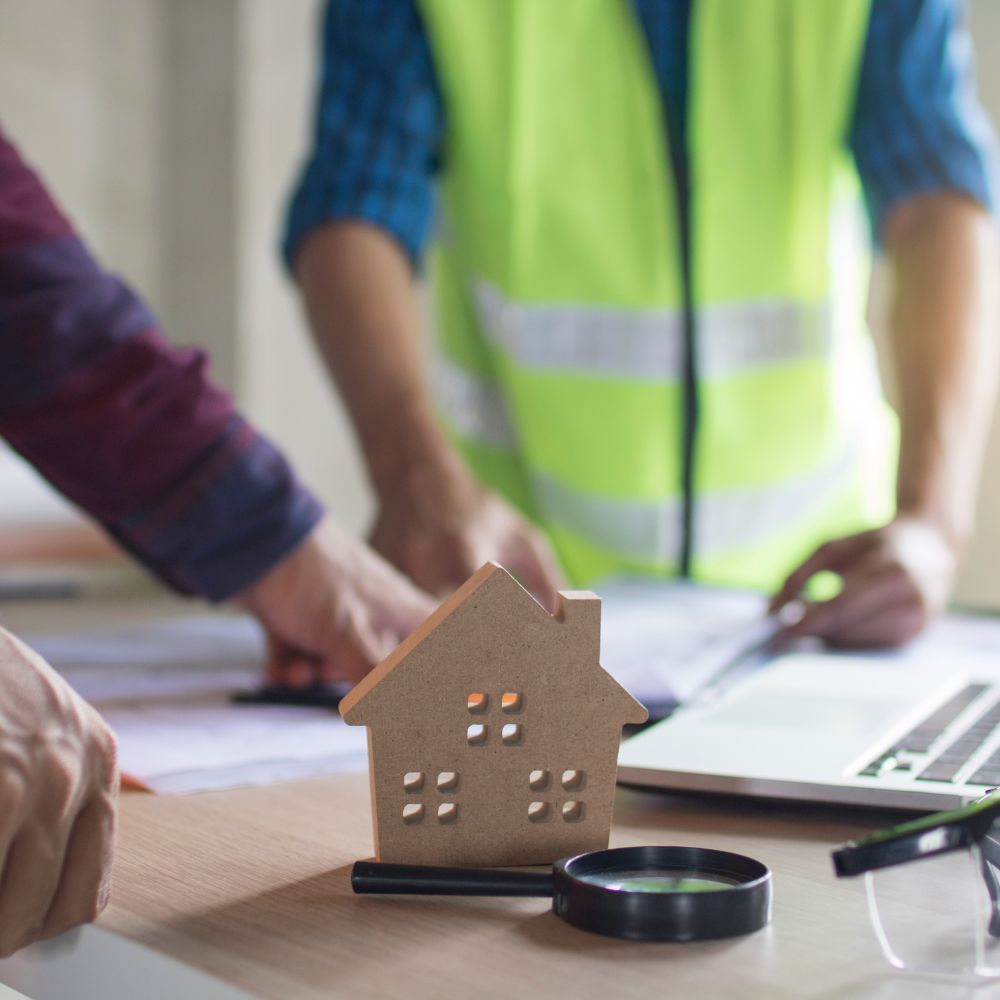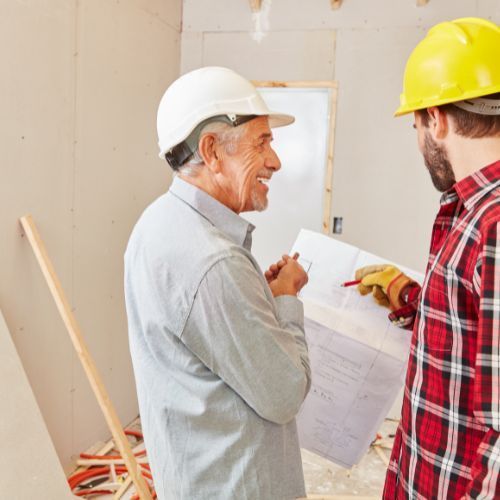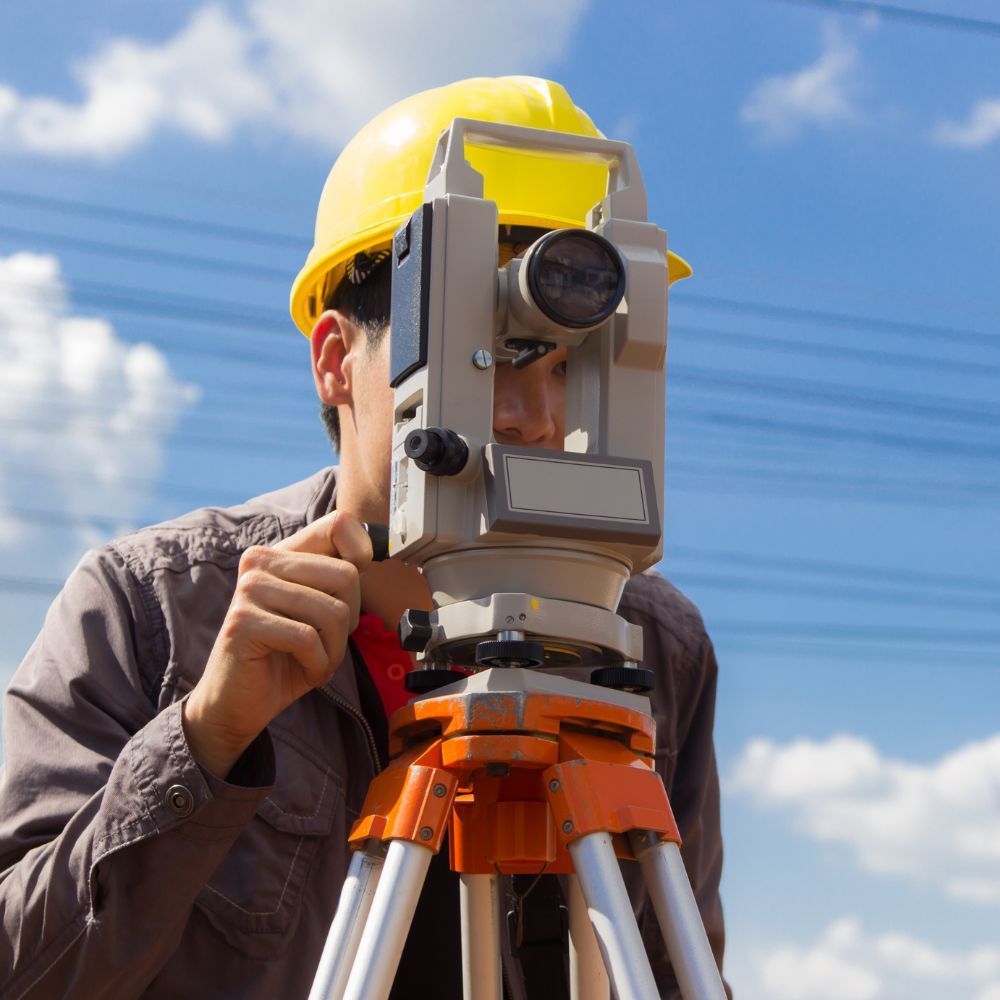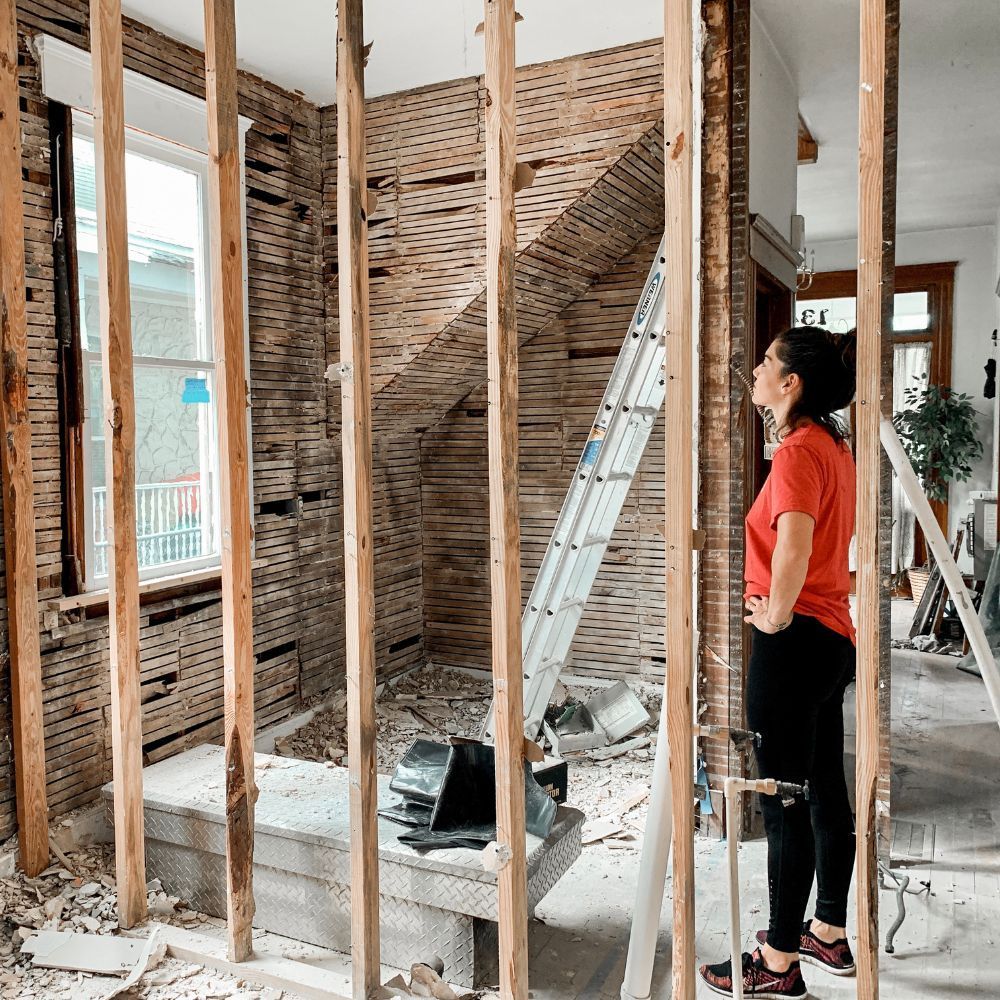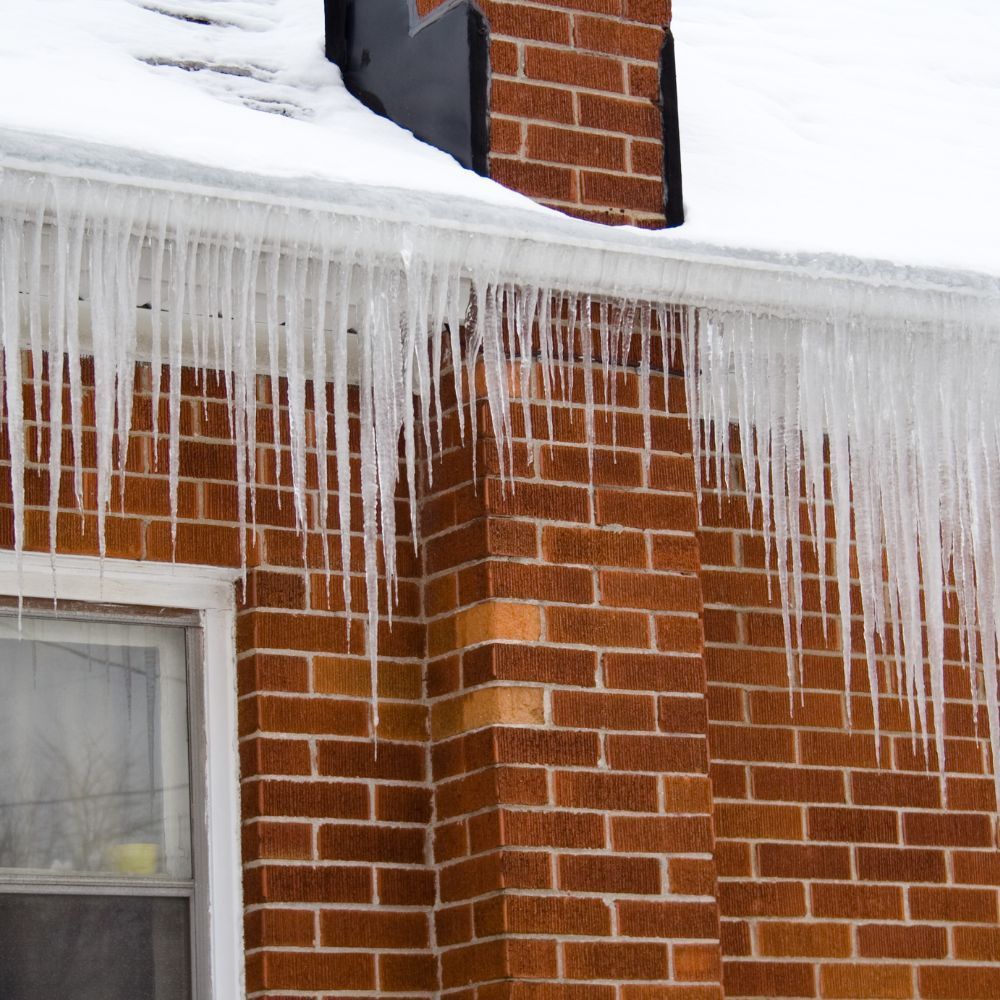What Does a Home Buyer Report Actually Cover?
A straightforward look at what to expect and its suitability
If you are buying a property, especially one that isn’t brand new, getting a survey is one of the more sensible things you can do before going ahead. It can help you understand any areas of concern about the property and provide you a clearer idea of any problems you might face. One of the most commonly chosen options is a Home Buyer Report.
In this guide, we explore what the Home Buyer Report covers, how it compares to other surveys, and when it is suitable.
What Is a Home Buyer Report?

A Home Buyer Report is a type of property survey aimed at giving buyers a clear overview of the condition of the property. It is more detailed than a basic valuation but not as in-depth as a full building survey. It is best suited to properties that appear to be in reasonable condition and have not been significantly altered or extended.
What Does It Include?
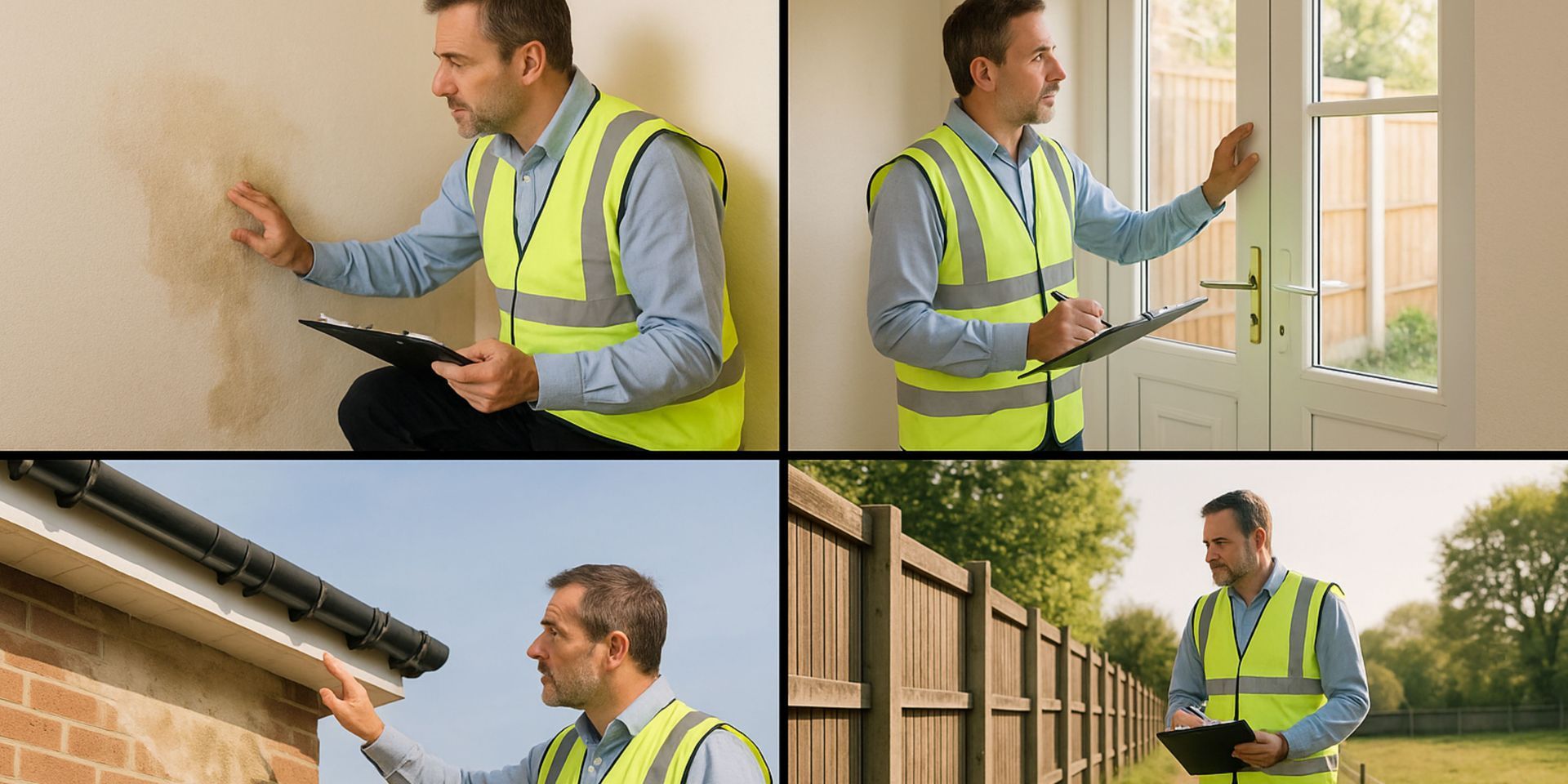
The report is designed to flag up any issues that could affect the value of the property, safety or structural stability. The following are the areas that are usually covered:
- Visible defects such as damp, cracks, or movement in walls and ceilings
- Roofing issues, including the condition of coverings, chimneys and gutters
- Inspections of walls, floors and ceilings, where accessible
- Windows and doors, checked for damage and function
- Plumbing, heating and electrics, with comments on condition (not full testing)
- Insulation and ventilation, including the presence of damp or mould
- External features such as the condition of outbuildings, boundary walls and drainage
- Legal matters, including questions your solicitor should raise, like planning permission or access rights
The report uses a clear traffic-light rating system, which helps you see what needs urgent attention and what’s just general wear and tear.
What Doesn’t It Include?
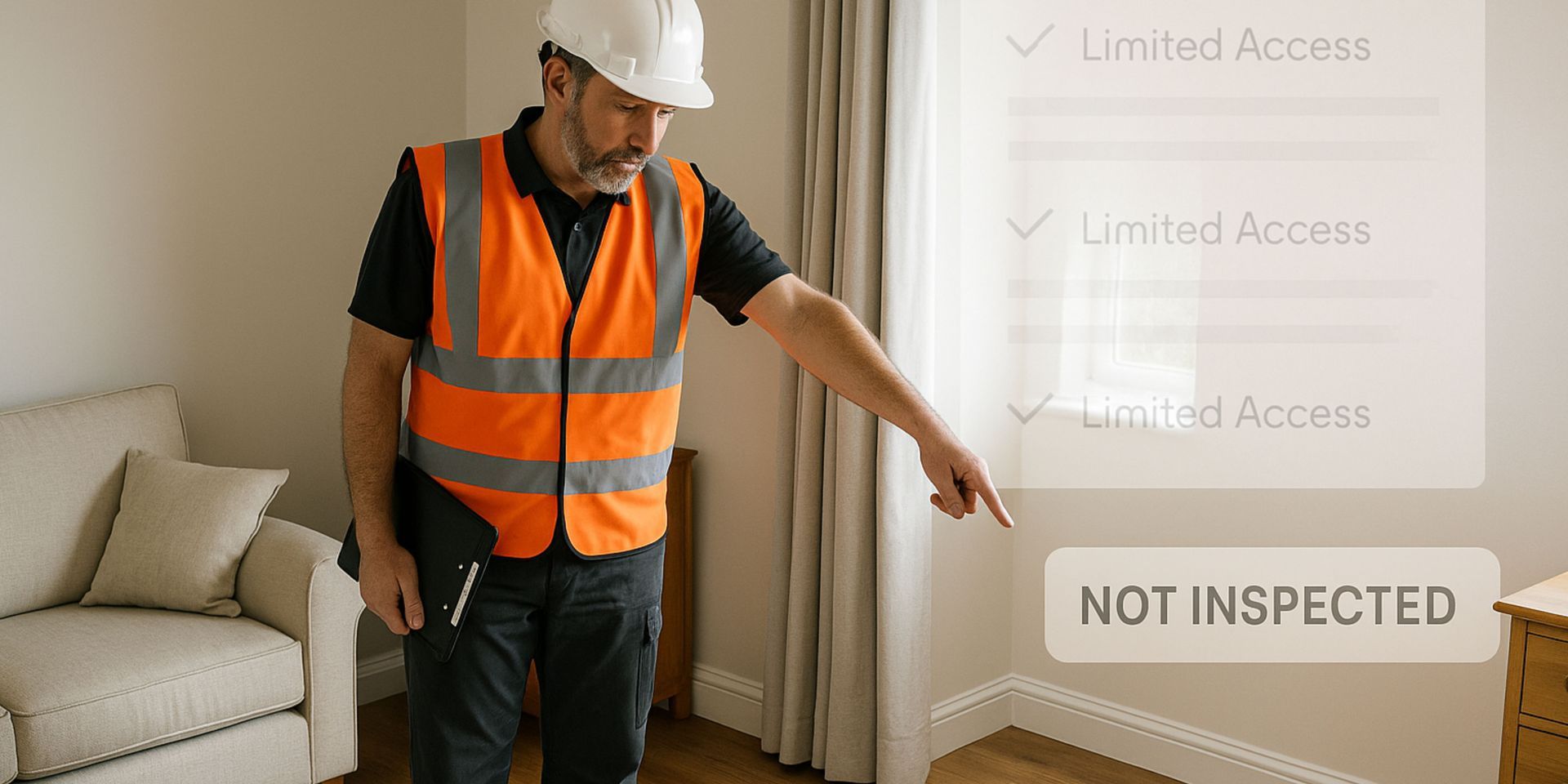
A Home Buyer Report focuses on what the surveyor can see without moving furniture or lifting floors. It won’t cover areas that are hidden or hard to access, nor will it provide a cost estimate for repairs. It also does not involve testing services such as electrics or gas.
For older properties, those in poor condition, or buildings that have been heavily altered, a more detailed
Building Survey might be more appropriate. This goes into much greater depth and includes advice on repairs and maintenance.
Who Is It For?

This type of survey is generally suitable for:
- Properties built after 1900
- Homes that appear to be in good or fair condition
- Buyers who want peace of mind without needing a detailed structural analysis
- Those purchasing houses or flats without significant renovation history
Make Informed Decisions
Buying a home is a big commitment, and it is important to highlight any issues that may be present. A Home Buyer Report offers a practical level of detail for many types of properties and can help you avoid surprises later on.
To learn more about surveys and which one suits your property purchase, visit
www.nickcobbsurveyors.co.uk and explore the full range of professional survey services available.
